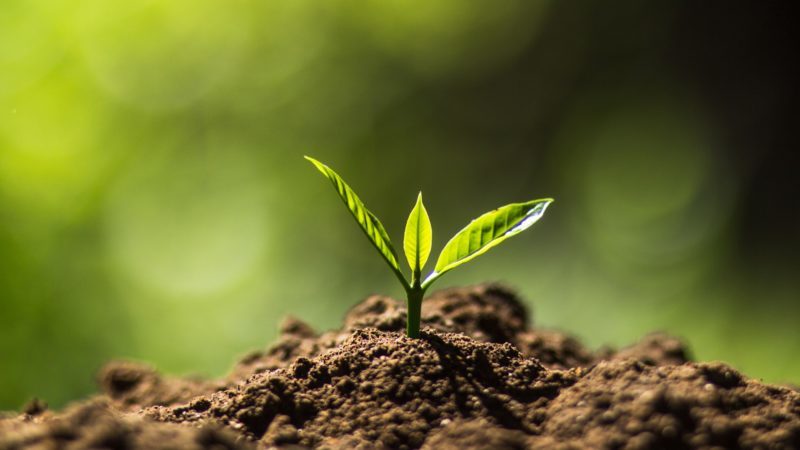Spring Bulbs

Spring Bulbs
Preparation of your spring garden and the bulbs begins in the fall.
You can plant all the way to Christmas depending on the weather, and as long as the ground is still workable; however plant just to allow enough time for the roots to start growing before the ground hardens.
Generally, most bulbs prefer a well-drained loam soil, also known as a friable soil – a crumbly texture allowing for plants to grow up through the soil from a bulb or tuber. Find a location that enjoys mostly full sun, and in preparation, loosen and open the soil up to a depth of 12 inches. Choose bulbs that are firm and not moldy, and place them pointed part up. It is more effective to plant bulbs in groups. You might place them with purpose, or throw them in randomly and enjoy the effect you get.
Different spring bulbs have specific depths at which to be planted, ranging from 3 inches for snowdrops and crocuses; 6 inches for daffodils, tulips and grape hyacinth, and 8 inches for alliums. Hyacinths grow from a depth of 7 inches. Generally the rule is to plant 3 times the height of your bulb.
To keep squirrels and other pests away it might be advisable to hold off fertilizing until spring.
Bone meal is typically placed in the bottom of the hole before planting. Place the soil on top of the bulbs and water. Some experts recommend placing a wire netting over your bulbs. You can apply mulch after the ground has frozen to protect the bulbs.
In the spring, after you have enjoyed your flowers, cut the flower stalks back but leave the foliage to die naturally. This allows bulbs time to collect food reserves for the next year’s flowers. If they are getting too numerous, you can dig them up after the foliage has died, and divide the bulbs for replanting in their dormant time. Enjoy!








